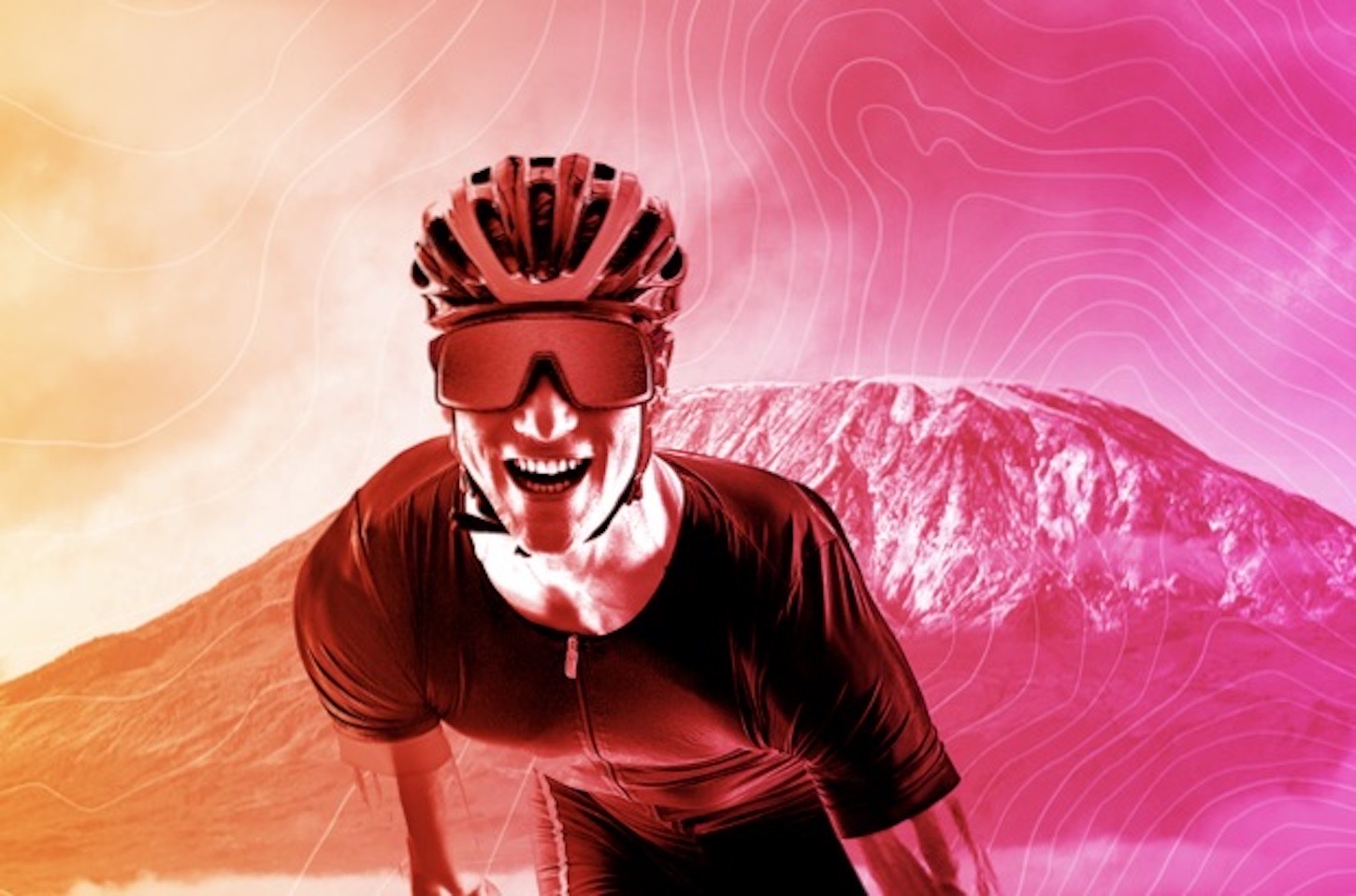

Environmental factors can have a substantial impact on your performance. At higher altitudes and in hot, humid conditions, your body is forced to work much harder than normal to produce the same performance as it would in more comfortable environments.
However, exposure to these challenging conditions triggers a natural acclimation process. Acclimation is a physiological transition that helps you perform in new, more challenging conditions.
Select wearable devices automatically recognize when you’re at higher altitudes or are being active in hotter conditions. Heat and altitude acclimation insights are provided based on activities performed above 800 meters (2,625’) and for temperatures above 22 C (72 F). This environmental information comes from a combination of GPS and weather reports from your paired compatible smartphone.
Your body simply can’t and won’t change overnight. Acclimation takes time and requires repeated exposure to the environment. Once you leave challenging conditions behind, your body starts to return to normal. Your device understands this process and combines environmental and performance data to reveal your current acclimation status. Keeping tabs on it helps you adjust your expectations and performance goals.
Automatically recognizing and accounting for the relationship between environment and performance also ensure the integrity of your training data. Struggling to keep your normal pace during a heat wave doesn’t necessarily mean your cardiorespiratory fitness (VO2 max) has dropped. Similarly, needing to catch your breath during a trip to the mountains doesn’t mean your training has been unproductive.
How long does it take to acclimate to heat and humidity?
The speed at which your body acclimates depends on several factors. One of the most significant factors is the difference between the conditions you are acclimating to and your normal environment. The bigger the change, the longer it takes to adapt. Another factor is the frequency and duration of your workouts.
Evidence shows that prolonged daily outdoor exposure to challenging climates can produce the necessary adaptations in as little as 1 to 2 weeks. Athletes with a higher VO2 max typically adapt to challenging climates at a faster rate, sometimes decreasing the acclimation period by as much as half.
Specifics of Heat Acclimation
Athletic performance involves transforming the energy stored in proteins, carbohydrates and fats. This produces heat. During intense physical activity, your body can rival a 1,000-watt space heater in terms of heat production. Getting rid of this excess heat is necessary for maintaining a normal, healthy body temperature.
Circulating blood close to the skin allows heat to escape. This natural cooling process becomes more efficient as you sweat, because the evaporation of sweat has a natural cooling effect on your skin.
Not surprisingly, it’s much easier for your body to get rid of excess heat on a cool, crisp morning compared to a hot, humid summer afternoon. Your environment matters. Acclimation triggered by hotter climates focuses on improving the efficiency of your body’s natural cooling systems.
This includes adaptations that allow you to sweat more and start sweating faster. It also includes changes that allow more blood to flow quickly just below the surface of your skin. Other key adaptations include changes to your cardiovascular system and electrolyte balance that add stability and help withstand the increased stress of hydration-dehydration cycles.
Specifics of Altitude Acclimation
At an elevation of 10,000′ (3,000 meters), the amount of oxygen in the air is only about 70% compared to sea level. This means your heart, lungs and circulatory system need to work much harder at higher altitudes to deliver a similar amount of oxygen to your muscles for aerobic energy production.
Adaptations triggered by exposure to high-altitude environments focus on increased lung capacity and increasing the amount of oxygen carrying red blood cells in your blood supply. Pressure increases in the arteries running through your lungs, which forces the circulation of blood into areas of your lungs that aren’t normally used at lower altitudes. The additional red blood cells allow more oxygen than normal to be carried to your muscles with each heartbeat.
The fact that these performance-boosting adaptations are not immediately reversed upon return to lower altitudes is the basis for high-altitude training for athletes.
Your VO2max and Training Status are more accurate
Lastly, you may feel much less fit during a really hot ride and you might need a break to catch your breath in the mountains, but this doesn’t mean that your training isn’t productive. Without the acclimation features active, you would likely see a drop in VO2max. The heat and altitude acclimation features allow your Garmin device to take these environmental effects into account and accurately calculate your VO2Max and Training Status.



